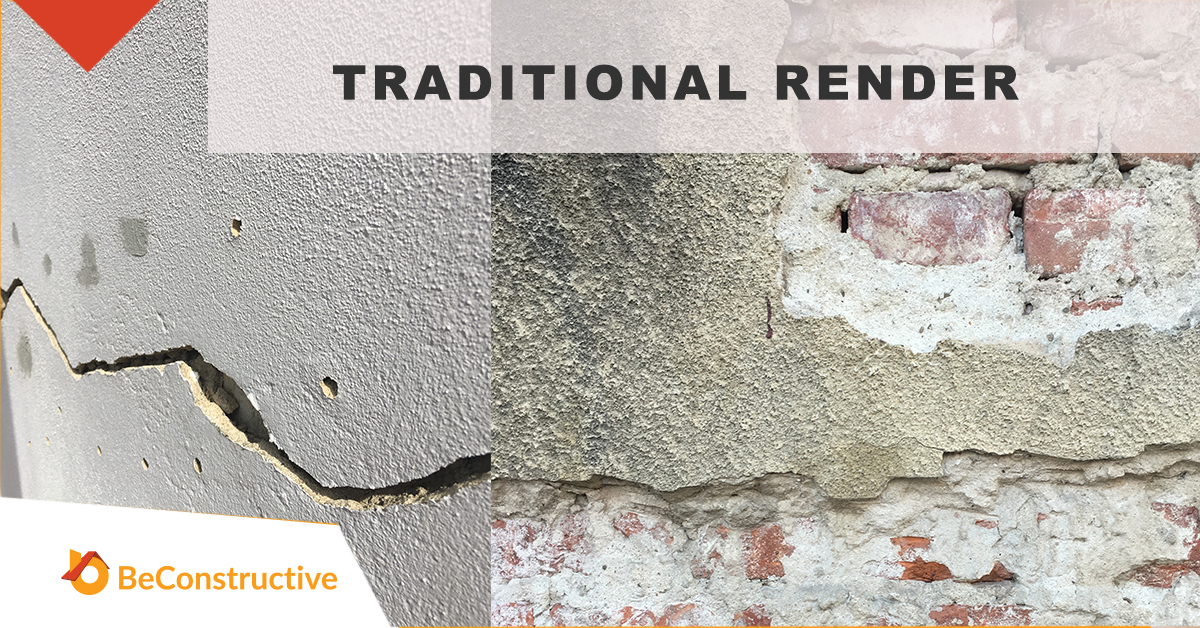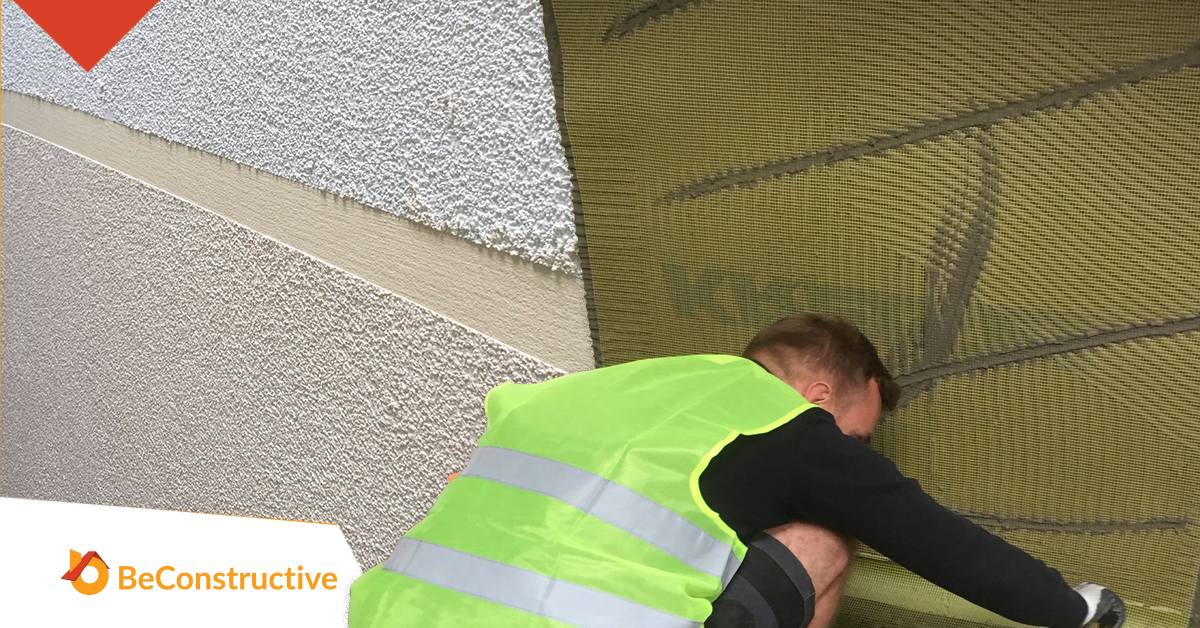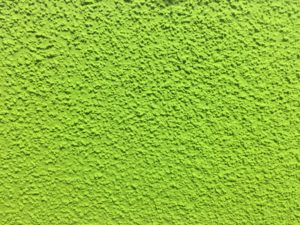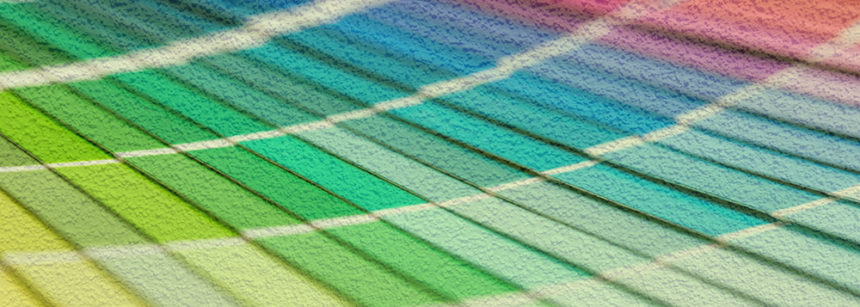Traditional Render vs Colour Render

There are quite a few different types of rendering on the market, and it can be a bit confusing as to what is right for you. In this blog however, we want to clarify the main differences between sand cement traditional render, and modern thin color renders. These are the two main styles of render that are probably the most commonly used on the market today. You might also want to check out more about thick coat renders like Monocouche and Pebbledash, which are other commonly used systems.
Thin Coat Render and Mesh
One key difference between sand cement render and thin coats are that a layer of fibreglass mesh is sunk into the base coat of the thin coat. This ensures a rock solid stable surface on which to apply the top coat and resist any potential cracking. Sand Cement is a simple 1 or 2 coat application which has nothing to strengthen it. It is also very inflexible which makes cracking a real possibility.
Breathability of Render
Another key consideration is that silicon thin coat renders are breathable, whereas sand cement is much less so. For properties which require more breathable walls, this kind of render is by far the best option. Note that acrylic thin coat renders are not breathable.
Painting vs. Pre-mixed Colours
Another benefit of silicon or acr ylic thin coats in particular is that you don’t need to paint them as part of the installation. The colour is mixed into the top coat directly, making the colour more hard wearing and preventing any peeling that you might get with paint over cement. It makes for a much better finish.
ylic thin coats in particular is that you don’t need to paint them as part of the installation. The colour is mixed into the top coat directly, making the colour more hard wearing and preventing any peeling that you might get with paint over cement. It makes for a much better finish.
You should also note that thin coats do have a slight texture, even at their finest grain size, whereas sand cement will give a smoother looking finish. Some people are desperate for a smooth finish to their walls, but with a fine 1mm silicon render the texture is very fine and many customers feel this is a suitable substitute for a smooth finish.
Longevity of Systems
As with many materials, the quality of the installation is crucial in ensuring a long lasting render job. Unfortunately sand cement is really liable to cracking, even with a decent job of installing the render. You are unlikely to get a very long warranty on this kind of render as the installer can never be 100% confident in the material.
On the other hand, thin coat renders are very hard wearing and resistant to cracking, and as long as the job is installed well, can last for many years. You will probably get a 10 year warranty on this kind of render, and in some cases a 25 year industry backed warranty as well.
Cost of Thin Coat Render vs. Cement
Of course, sand cement is always going to be a cheaper product, both to install and to supply the material. Thin coat render has 3 main constituents – the top coat, the base coat and the mesh, whereas there is just one component of a sand cement render. This makes it quicker and easier to apply, but it does lack many of the benefits we have discussed. Ultimately as a customer you have to decide whether you want a long term, quality product or whether you want to make do with a cheaper inferior one.















No comments yet